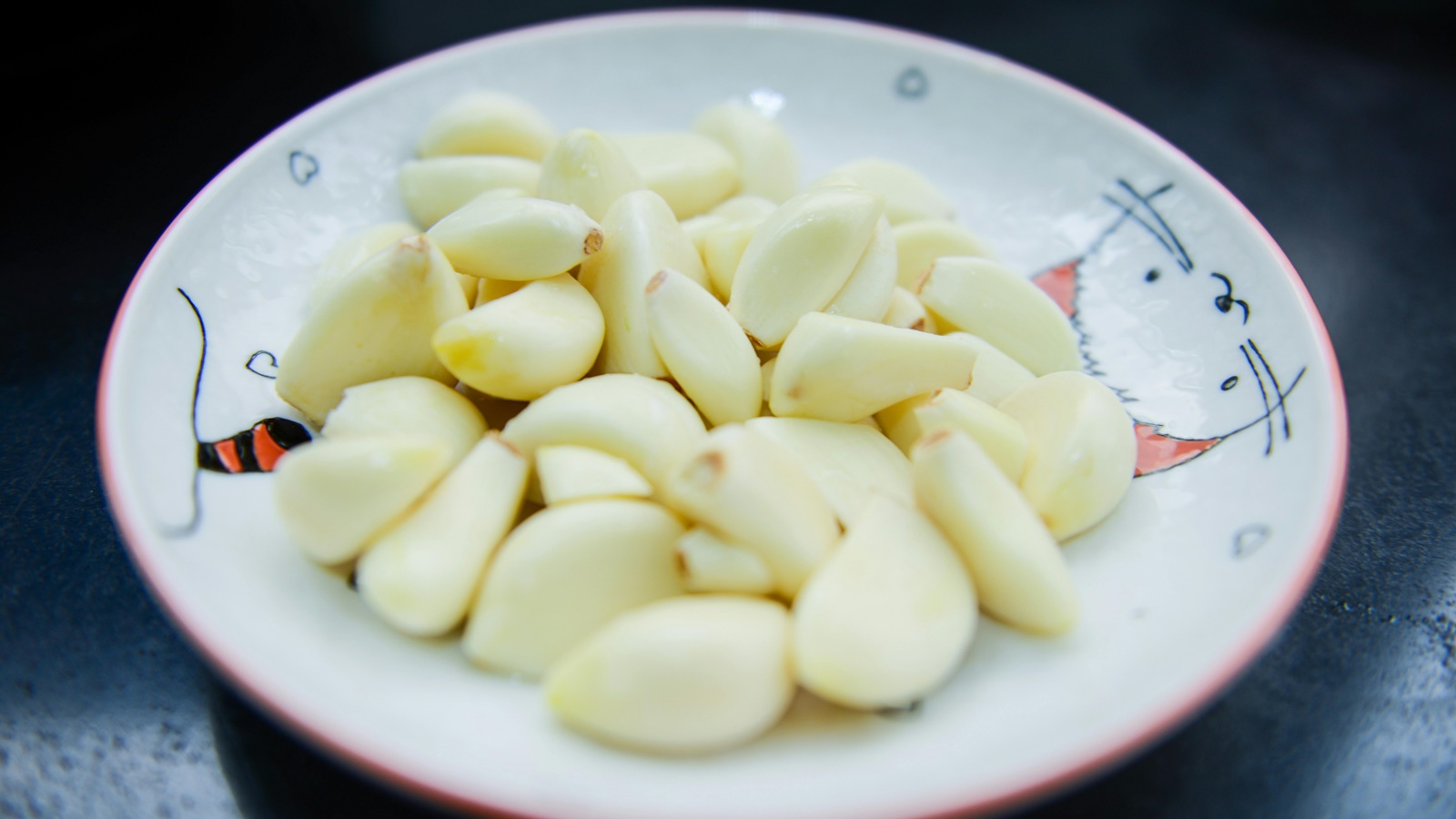Fitness
Can having 2 garlic cloves daily reduce both blood sugar and cholesterol? A new study has some answers

Chew on a couple of cloves of garlic every morning and wash them down with warm water to keep your blood sugar levels and cholesterol in check. While traditional medicine has always depended on anti-inflammatory properties of garlic to contain diabetes and heart blockages, this time there’s proof in a mega review of 29 studies that two cloves daily can indeed yield twin benefits.
And since most people with diabetes have a higher risk factor of developing heart disease, the findings could encourage them into smartly incorporating garlic into their diet. Says Dr Mukesh Goel, senior consultant, Cardiothoracic and Heart and Lung Transplant Surgery, Indraprastha Apollo Hospitals, Delhi, “The study has found that garlic not only reduced fasting blood glucose level, which is crucial to diabetes management, but also cholesterol levels, which in turn would prevent buildup of plaque in arteries and a heart attack.” Excerpts:
What does the study say?
The current meta-analysis pooled the results of 29 studies with a combined total of more than 1,500 participants. It shows that garlic leads to some decrease in HbA1C levels (average blood count of three months) and a small reduction in low density lipoprotein (LDL) or bad cholesterol.
How does garlic work on diabetics?
Results from nine studies that analysed the link between garlic and diabetes showed a significant reduction in fasting blood glucose (sugar) within two weeks in the group that took up to 1.5 g or about two cloves of garlic daily. The blood glucose levels plummeted significantly by week 12. Allicin in garlic improved insulin sensitivity by helping cells absorb glucose more effectively.
How does garlic reduce cholesterol?
The science behind garlic’s potential to improve cholesterol and blood sugar levels lies in its active compounds, particularly organosulfur compounds. These inhibit cholesterol synthesis and lower plasma concentrations of total cholesterol and LDL cholesterol in both animal and human studies. Additionally, garlic has been found to accelerate the breakdown of blood clots and reduce blood pressure, both of which are beneficial for cardiovascular health. It also increases high density lipoprotein (HDL) or the good cholesterol in the process.
How can you incorporate garlic into your diet?
You can have raw garlic, which can be mixed into condiments or added to meals. Another option is to use garlic supplements, such as aged garlic extract, which have been shown to be effective in lowering cholesterol levels. Additionally, incorporating garlic-rich foods like garlic-infused oils, garlic-roasted vegetables, or garlic-based sauces into your meals can provide a flavourful and healthy way to increase garlic intake.
Add fresh garlic, chopped or crushed, while preparing or seasoning foods. But the best way is to layer it on home-made dips and spreads.
Should one take garlic supplements?
Supplements provide a standardised and concentrated dose of active compounds. On the other hand, consuming garlic-rich foods allows for a more natural and varied intake of active compounds. But if you are not comfortable with the pungent taste and odour of garlic, you could look at supplements then.
© The Indian Express Pvt Ltd
First uploaded on: 12-06-2024 at 06:56 IST











